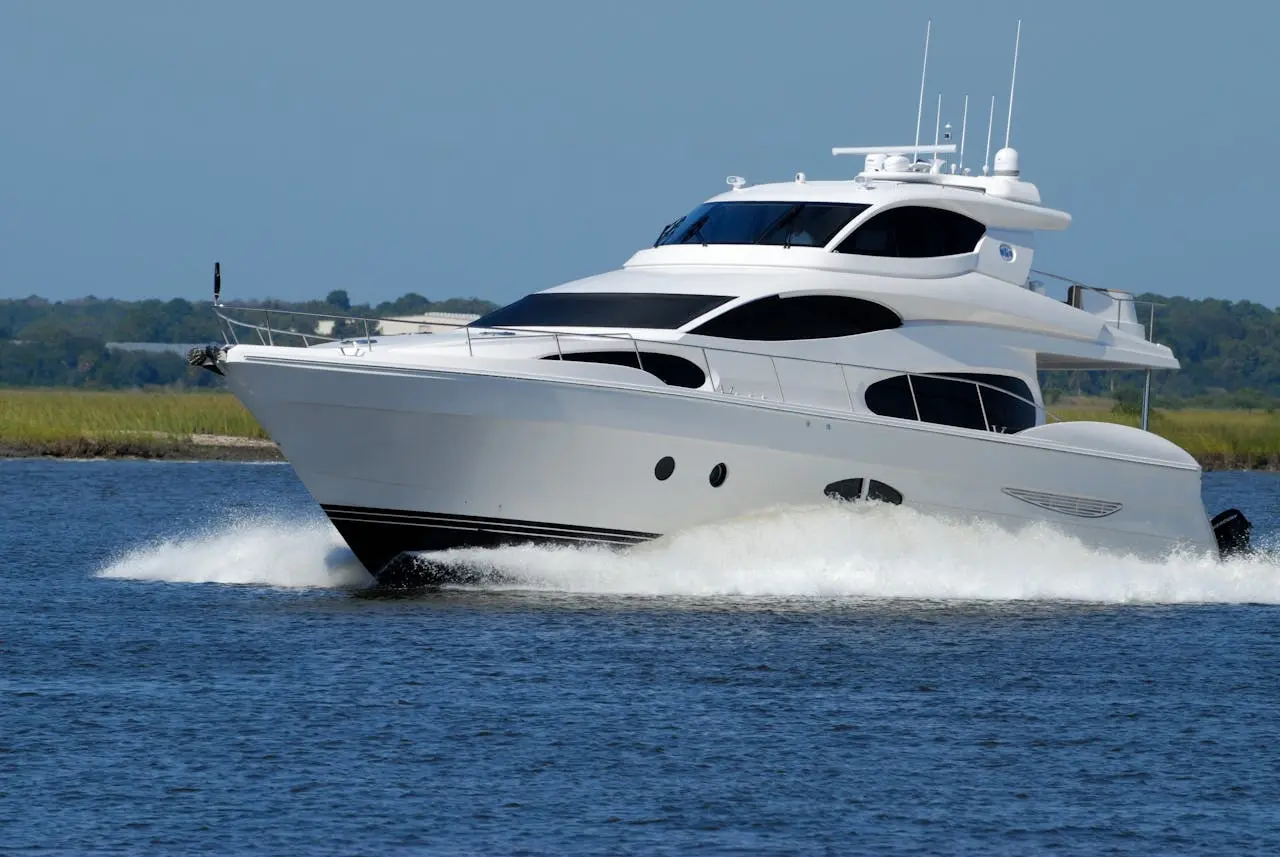It’s the middle of summer and your boat isn’t running the way it should. The engine struggles, the steering feels off, or maybe you’ve found water where it doesn’t belong. You weren’t expecting these problems when you took the cover off this season.
There’s a good chance you’re seeing the consequences of not winterizing boat systems before storing it. Cold weather, moisture, and fuel residue may have damaged key components while the boat sat unused. Now that damage is catching up.
Don’t panic. This guide walks you through the most common boat problems from no winterization, how to check for hidden damage, and what steps to take next, whether you’re facing boat engine damage in summer or just want to prevent it next year.
Let’s get your boat back in shape and help you avoid this next season.
What Happens When You Don’t Winterize Properly?
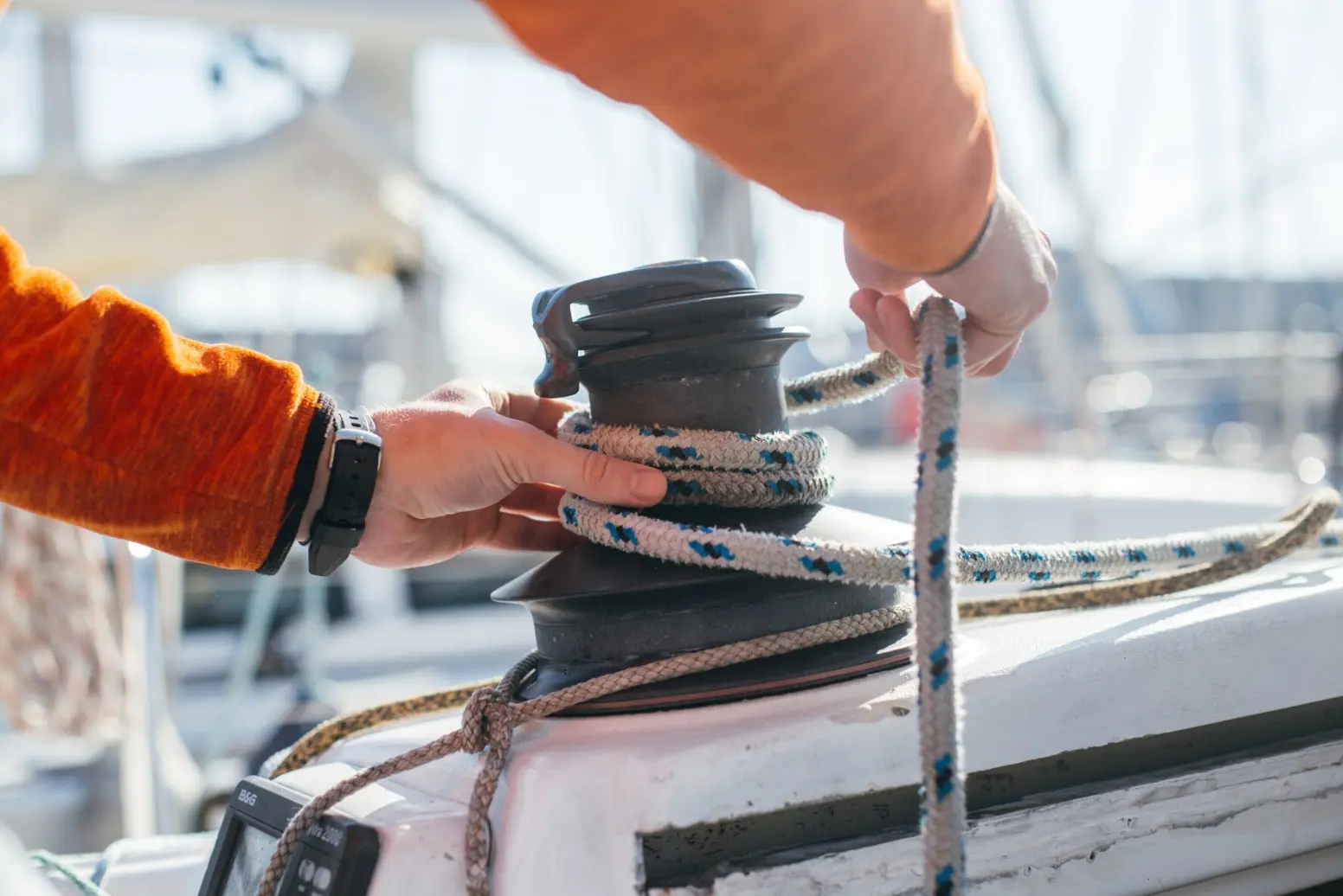
If your boat is giving you trouble this summer, there’s a high chance winter damage is the cause. Skipping winterization often leads to a series of mechanical problems that don’t show up until you’re ready to hit the water.
Below are some of the most common issues:
-
Cracked engine block: When water sits inside the engine and freezes, it expands and cracks the engine block. This is one of the most severe and expensive failures a boat owner can face after improper storage.
-
Battery failure or corrosion: Batteries lose charge in cold conditions, and when they sit untouched, corrosion starts to build. If your boat refuses to start or the lights flicker, this could be the first place to check.
-
Fuel system issues: Untreated fuel sitting for months can break down and form sludge or varnish in your lines. This often causes clogged filters, rough idling, or full engine stalls once you try to run the motor.
-
Cooling system failure: If the coolant wasn’t flushed properly or antifreeze was skipped, rust may have formed in key components. Any sign of overheating should prompt immediate inspection of the cooling system.
-
Mold and mildew: Cabins, bilges, and storage compartments that stayed closed and unventilated are common sites for mildew growth. This can cause both health issues and long-term interior damage.
-
Electrical shorts: Moisture from a poorly covered or damp storage area can corrode connections and lead to short circuits. If electronics are behaving oddly, check for signs of rust or frayed wires.
-
Stiff or unresponsive controls: When steering or throttle cables sit for months without use or lubrication, they often seize up. If your controls feel sticky or delayed, corrosion or dry cables may be the cause.
Even in a mild winter, these problems can appear if your boat wasn’t stored with the right precautions. If you’re searching for ways to fix boat problems from missed winterization, start by matching your symptoms with the list above and inspect each system carefully.
Real-World Examples
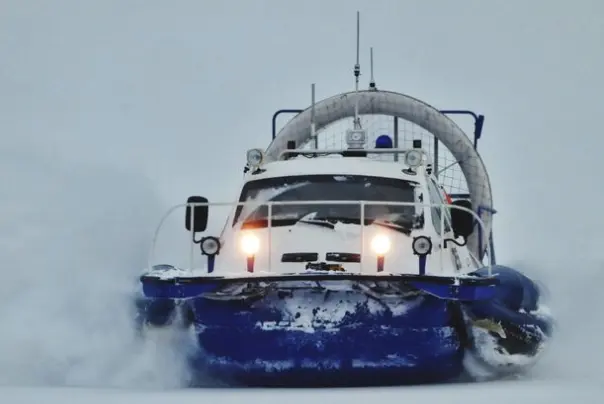
You’re not the only one facing repairs in the middle of what should be smooth summer boating. Skipping or rushing winterization might seem harmless in the moment, but once the engine runs or power systems kick in, the impact becomes obvious and expensive.
Here are two hypothetical but realistic examples that show how small winter prep mistakes can lead to major problems months later:
-
For example, a boat owner in Michigan believed one mild winter meant their boat didn’t need off-season prep. They skipped draining the engine, ignored fuel treatment, and left the boat covered in a driveway. By mid-July, the engine wouldn’t turn over. The mechanic found a cracked engine block caused by frozen water left behind.
-
Down in North Carolina, one marina shared that over 30% of their summer repairs link back to poor winterization. Most of the affected boats arrived with clogged fuel lines, ruined batteries, or seized cooling systems that hadn’t been flushed properly.
Even years with fewer storms can still cause serious mechanical failures if winter prep is skipped entirely. In 2018, freeze-related insurance claims reached a decade high after rare snow hit Las Vegas and Los Angeles recorded record lows.
Every season brings risk, and every boat left unprepared can turn into a costly mid-summer repair story.
What to Do Now If the Damage Is Done?
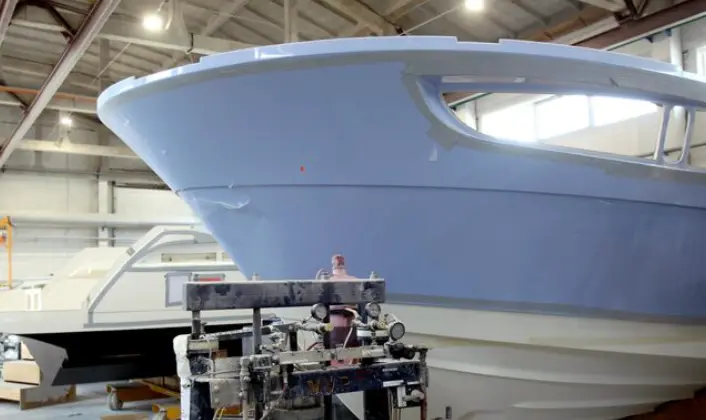
If your boat is sputtering, leaking, or won’t even start, don’t panic, but don’t push it either. Running a damaged engine can turn a repair into a full replacement.
Here’s what to do next if you suspect issues from skipping winterization:
1. Assess visible signs of damage
Start by giving the boat a full walkaround before turning anything on. Look under the engine hatch for puddles of oil or fuel that could point to leaks. Check all the hose clamps and fuel lines for loose connections or visible wear. Cracks on the engine casing or corrosion around the battery terminals often mean internal components have been affected by moisture or freezing temperatures.
Even if everything looks fine at first glance, don’t skip smelling the fuel. A strong, sour odor may mean the fuel has gone bad or that condensation has contaminated the tank. Water in the bilge that wasn’t there last season could also be a red flag, especially if you see rust forming nearby.
2. Stop using the boat if anything feels off
If the boat starts but makes grinding noises, struggles to stay on, or overheats quickly, shut it down. Warning lights on your console should never be ignored even if the boat seems drivable for a few minutes. Electrical glitches, delayed throttle response, or engine stalling are often early signs of internal wear or moisture damage.
In extreme cases, continuing to operate a waterlogged engine could worsen a cracked engine block boat situation, especially if coolant was never flushed out properly over the winter.
3. Call a certified technician or your local marina
Once you’ve documented visible damage and shut everything down safely, get a certified marine technician involved. If your boat is docked at a marina, request help through their service team as soon as possible.
Describe the symptoms in detail:
-
When they started
-
What you saw
-
Whether any unusual noises or smells were present
Many marinas now rely on marina management systems like DockMaster to help technicians log issues, pull up past repairs, and get accurate service history in seconds. This saves everyone time and lets the marina source parts based on your boat’s model and motor configuration.
If your marina doesn’t already know what filters or impellers were used last year, the job could take twice as long.
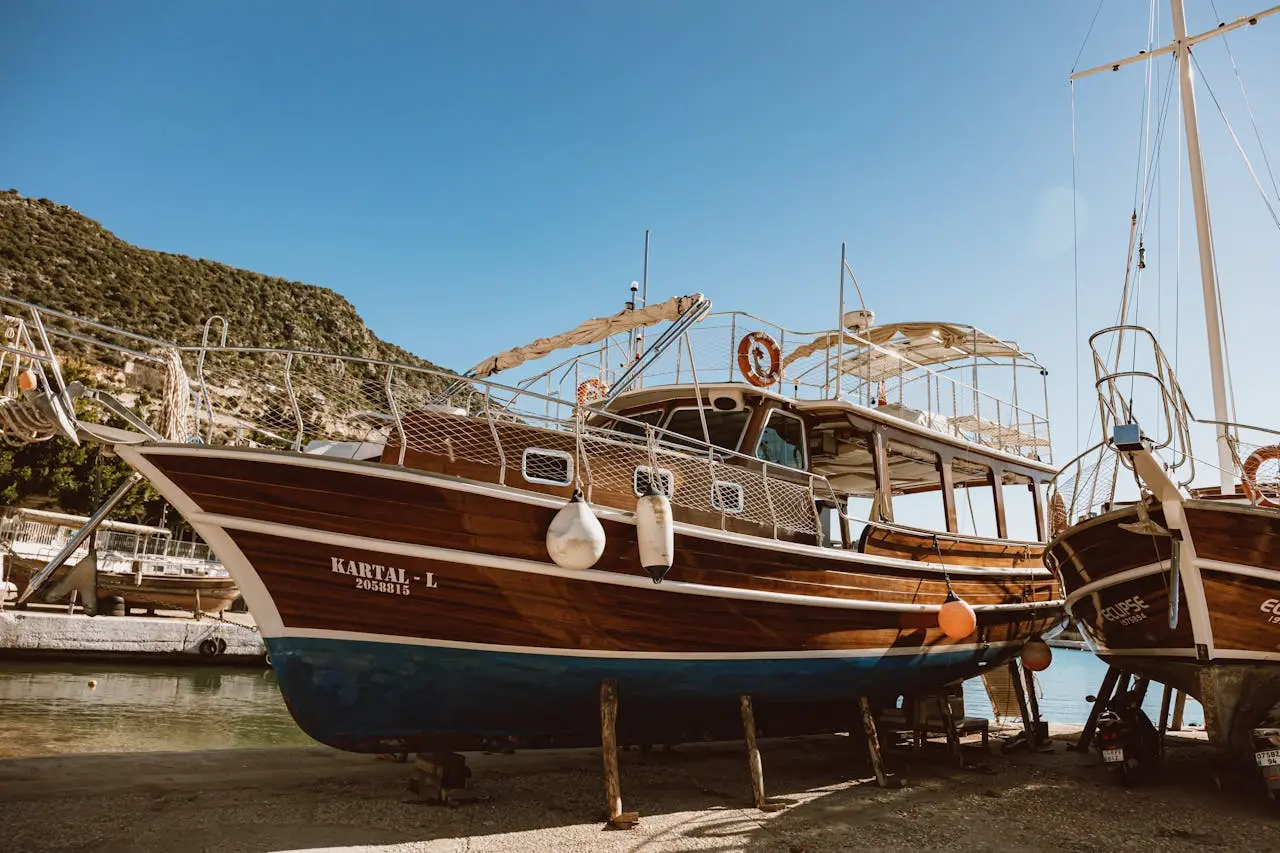
4. Document and track repair history
The moment something starts to go wrong, start keeping track of every single detail. Write down when the issue first appeared, how long it lasted, and what you noticed during startup or shutdown. If you spoke with a technician, record their name and what they told you to look out for. These notes will help any new mechanic avoid repeating diagnostic steps or overlooking something critical.
DockWorks give marinas, boatyards, and boat owners an easy way to stay organized. It allows technicians to view your full repair history, service notes, and inspection logs for your vessel in real time. That means fewer repeated issues, faster repairs, and smarter decisions when things break down mid-season.
For marinas, DockWorks also integrates with Vessel CRM that keeps boat-specific information like model, propulsion type, motor specs, and owner preferences in one place. So when a new repair is needed, the technician already knows what kind of oil you use, what part was replaced last summer, and whether the boat missed its annual filter replacement.
As the owner, you’ll also get access to a real-time dashboard showing job status updates, digital records, and upcoming maintenance tasks. You’ll never have to rely on memory when it’s time to file a warranty claim or explain damage to a new mechanic. This kind of visibility gives you more control over your vessel and helps prevent future surprises from becoming seasonal disasters.
5. Handle minor issues yourself if you’re experienced
If you’re confident in your skills and have worked on your boat before, you can start with basic troubleshooting:
-
Inspect and clean fuel lines if the system seems gummed up
-
Replace the fuel filter if it looks dirty or smells off
-
Tighten all cable connections on the battery and check for corrosion near the terminals
A bad connection there can shut down electronics or cause starting failures.
But don’t go further unless you’re sure of the repair. Diagnosing issues without proper tools or knowledge can create new problems, especially if electrical or fuel systems are involved.
How to Avoid This Next Year?
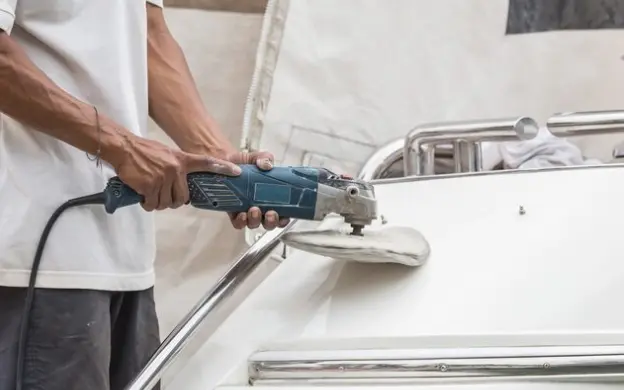
Fixing summer boat damage caused by skipped winterization takes time and money, but you can avoid most of it with a little off-season planning. The key is to set reminders early, follow a detailed checklist, and use tools that help you stay on track year-round.
Start by building a routine around your vessel's seasonal needs. Every year, boat systems suffer avoidable damage because owners forget to prep properly or skip steps. Storing your vessel without draining water from the engine, cleaning fuel systems, or disconnecting batteries can lead to freezing, corrosion, or fire risks.
Below is a practical winterization checklist. Download and save it so you can use it every fall without missing a step.
Boat recovery checklist
-
Engine & fuel system
-
Change the engine oil and replace the oil filter.
-
Flush the cooling system and replace with the correct antifreeze mix.
-
Add fuel stabilizer to the fuel tank and run the engine for 10 minutes to circulate.
-
Replace the fuel filter or water separator.
-
Inspect all fuel lines for wear or cracks and replace if needed.
-
Check for signs of moisture in the fuel tank.
-
Electrical & battery
-
Disconnect the battery and store it in a dry, temperature-controlled space.
-
Clean the battery terminals and coat with dielectric grease.
-
Test the battery charge and top it up if needed every 4–6 weeks.
-
Turn off all switches and electronic accessories to prevent power drain.
-
Drive & propulsion
-
Check the outdrive or lower unit for water intrusion and change the gear oil.
-
Grease all fittings and pivot points.
-
Inspect propellers for damage and remove them if storing long term.
-
Water systems & plumbing
-
Drain freshwater tanks and water heaters.
-
Run antifreeze through all pumps, faucets, and showers.
-
Flush and winterize the head or marine toilet system with antifreeze.
-
Hull, cabin & deck
-
Wash the boat thoroughly and apply a protective wax coat to the hull.
-
Remove any fabric, cushions, and electronics for dry storage indoors.
-
Open all compartments and vents to allow air flow and prevent mold growth.
-
Use moisture absorbers or dehumidifiers inside the cabin.
-
Inspection & documentation
-
Take detailed photos of the boat’s current condition for reference.
-
Make a list of any existing problems you noticed during the final trips.
-
Store all receipts and records in a central folder, both digital and physical.
Once you’ve worked through the checklist, don’t rely on memory for follow-ups. Set calendar alerts or use a digital tool that gives you service reminders and keeps all your boat’s information in one place.
Many marina owners and boaters now use DockMaster to simplify these tasks. Here’s how DockMaster helps:
-
Book and track services in advance: With its job scheduling tools, you can book winterization services well in advance and receive confirmations directly on your phone. The customer and vessel CRM keeps track of your boat model, service preferences, and prior jobs, making next year’s process even easier.
-
Get automatic winterization reminders: Using automated service reminders, DockMaster can notify you each fall when it’s time to winterize again. You don’t have to wait for damage to happen to take action as these reminders help you stay proactive.
-
Submit work orders without visiting the marina: You can also request service online using DockMaster’s vessel intake form, which makes scheduling easy even if you're not physically at the marina. The marina receives your details, assigns a technician, and tracks the job from estimate to completion.
Don’t Let One Missed Step Ruin the Rest of Your Boating Season
If you’re already dealing with mechanical issues, there's a high chance winterization was missed or done poorly. However, you can still take control of the situation and prevent the damage from getting worse. Here’s how:
-
Start with a full system check, looking at fuel lines, batteries, impellers, and ignition coils.
-
Check the engine oil for milky color, inspect the hull for signs of blistering, and listen for odd sounds during ignition.
These details help you figure out what failed and what still works.
If you can’t trace the issue yourself, call a marina that uses structured service logs. A system like DockMaster helps them pull up past work orders and diagnose issues faster using documented service timelines.
Don’t wait for one problem to cause another. Talk to a certified marina technician using DockMaster’s service management system, or download our free Boat Recovery Checklist to assess what went wrong and start fixing it today.
